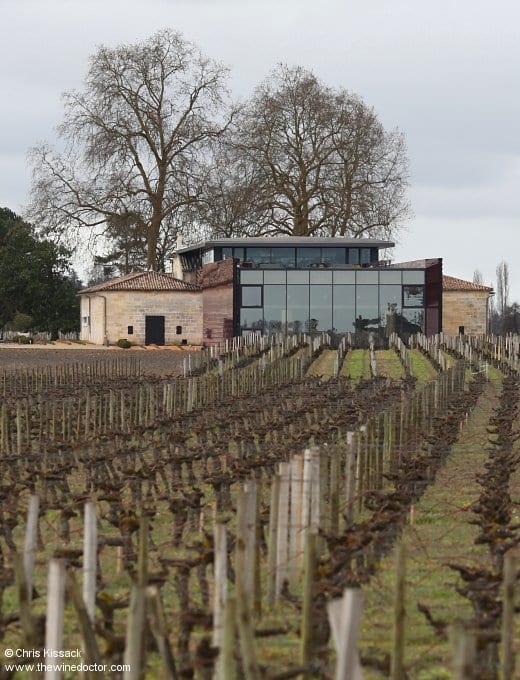Château La Dominique
It was in March 1493 that the triumphant Christopher Columbus sailed into the port of Palos de la Frontera, on the Gulf of Cadiz, his ship laden with artefacts and his head bursting with stories of the strange new lands he had discovered. He had been forced by a storm to make a brief stopover in Lisbon, where he paid his respects to Eleanor of Viseau, infanta of Portugal, but otherwise this was the first time his feet had been back on European soil since he had set sail on August 3rd the previous year. Word of his return, and the wondrous sights he had seen, spread like wildfire.
Just six months later Columbus set sail again, this time from Cádiz, now with a fleet of seventeen ships carrying more than 1,200 men. After a brief stopover at the Canary Islands, off the coast of West Africa, on October 13th the fleet struck out west across the Atlantic Ocean. It was three weeks before land was sighted, a small rocky island slowly rising above the horizon. It was November 3rd, a Sunday, dies Dominica in Latin, and thus the island was named Dominica. Within a few years there were Spanish settlers living there, but before long it was claimed by the French, in particular some employees of the Compagnie des Îles de l’Amérique, who referred to the island as La Dominique. Missionaries soon poured in, along with wood merchants drawn here by the island’s rich natural resources, although it seems there was no permanent occupation.

